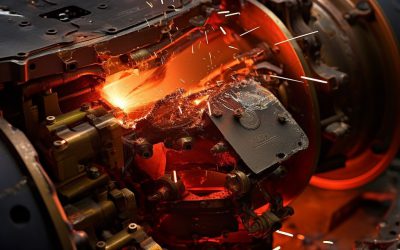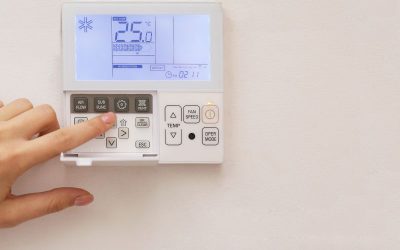A furnace is an essential part of any home heating system, especially during the colder months. However, like any other appliance, furnaces can break down over time due to wear and tear. The most common parts that break on a furnace are the heat exchanger, igniter, flame sensor, blower motor, and thermostat. Understanding these parts and their functions can help homeowners troubleshoot issues and maintain their furnace for optimal performance.

Jackson Bennett
How Humidity Affects Temperature?
Humidity influences temperature because moisture in the air makes it feel warmer. If the air is dry, it might still feel comfortable at 80°F, but if it’s humid, it could feel oppressive or sticky. The reason for that is that your sweat doesn’t evaporate as effectively when the air is moist, which means your body doesn’t cool down as efficiently and the heat feels more prolonged.
What Are 3 Disadvantages Of Geothermal?
Geothermal energy is praised for being a renewable and clean energy source, but like any other energy source, it has its drawbacks. Three disadvantages of geothermal energy include high upfront costs, location limitations, and the risk of releasing harmful gases or chemicals.
Is It Worth Fixing a 20 Year Old AC Unit?
As homeowners, we all face the dilemma of deciding whether to fix or replace an old AC unit. A 20-year-old AC unit may still be working, but it could be less efficient and require frequent repairs. The decision ultimately depends on factors such as the cost of repair, expected lifespan, and energy efficiency.
Can I Fix My Air Conditioner That Is Not Cooling?
Is your air conditioner not cooling your home as it should? Before you call in a professional, there are some simple steps you can take to troubleshoot the issue. Check the air filter, ensure the thermostat is set correctly, and make sure the outdoor unit is not obstructed by debris. If these steps don’t work, it may be time to call in an HVAC technician.
How Long Does It Take a Mechanic To Replace a Thermostat?
Replacing a thermostat can take between 30 minutes to an hour, depending on the make and model of your vehicle, the experience of the mechanic, and the complexity of the job. It’s important to replace a faulty thermostat promptly to avoid engine damage and overheating.






